In 501 darts, a ‘no score’ situation arises when a player cannot legally finish the game according to the doubling-out rule, preventing them from reducing their score to zero. This article provides a complete Understanding ‘no score’ in 501 darts, covering its causes, prevention strategies, and proper procedures when it occurs.
⚠️ Still Using Pen & Paper (Of een schoolbord)?! ⚠️
Stap in de toekomst! De Dart Teller -app behandelt alle scoren, stelt kassa voor, en volgt uw statistieken automatisch. It's easier than you think!
Probeer de Smart Dart Teller -app gratis!Klaar voor een upgrade? Klik hierboven!
Understanding ‘No Score’ in 501 Darts: A Comprehensive Guide
The dreaded ‘no score’ in 501 darts is a situation every player hopes to avoid. It essentially means your turn ends without any points deducted, and you remain with the same score you started with for that turn. This usually happens when you bust your score or can’t finish on a double. Let’s delve into the specifics of why this occurs and how to prevent it. Before diving deeper, it’s crucial to understand the Basic Darts Fundamentals for Beginners, including proper throwing technique and board setup.
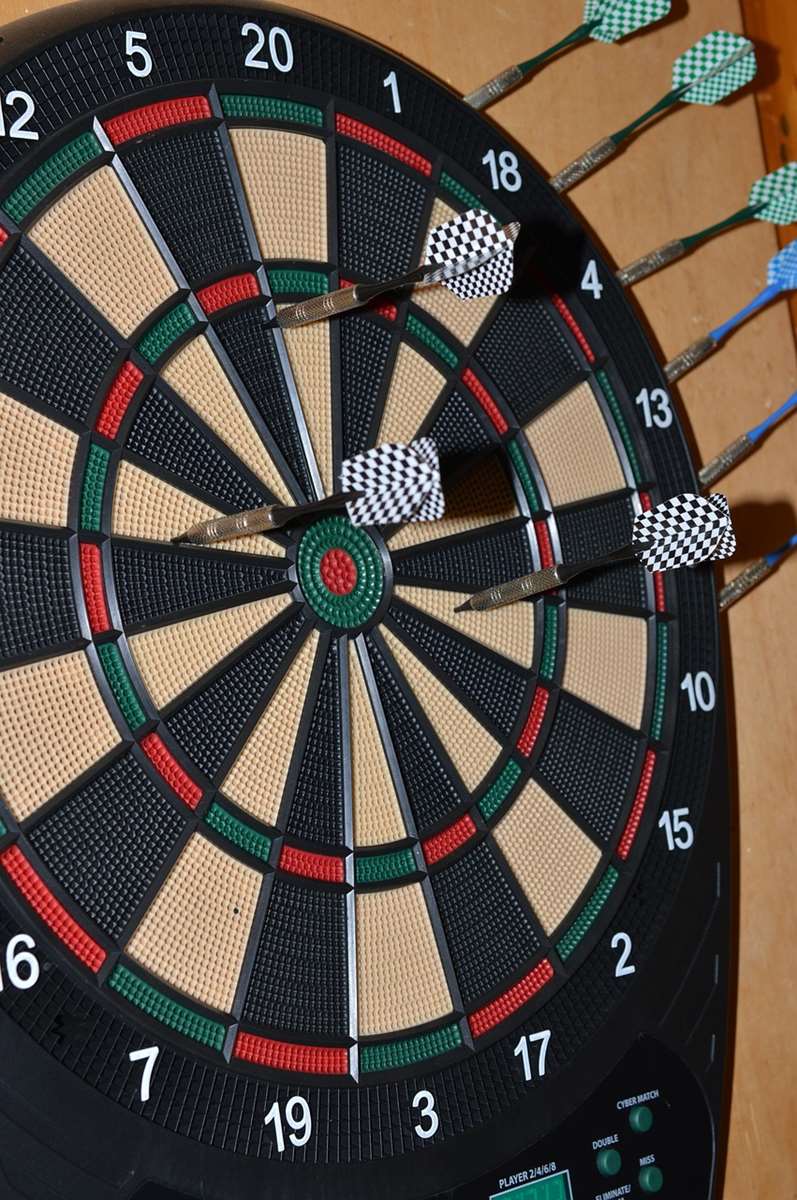
What Does ‘No Score’ Mean?
In the standard 501 darts format, players start with a score of 501 and aim to reduce it to zero. The crucial element is that the final dart thrown must land on a double (a segment on the outer ring of the dartboard). A ‘no score’ situation occurs when a player either:
- Busts their score: Exceeds zero with their dart throw, resulting in a negative score.
- Cannot finish on a double: Is left with a score that is impossible to reduce to zero with the final dart hitting a double.
When either of these happens, the player’s score reverts to what it was at the start of that particular turn, and it’s the next player’s turn.
Common Causes of ‘No Score’
Several scenarios can lead to a ‘no score’ situation. Understanding the common pitfalls is the first step towards avoiding them.
- Miscalculation: This is perhaps the most frequent cause. Players might miscalculate their remaining score and throw a dart that busts them.
- Leaving an odd number: Unless you can hit a single 1 to leave a double, leaving an odd number greater than 1 forces you to hit another number and risk busting.
- Unintentional Busting: Sometimes even with the correct calculation, nerves or a poor throw can lead to unintentionally hitting a higher number than intended, resulting in a bust.
- Poor Outshots: Not setting up for a double efficiently can lead to tricky scores where finishing becomes extremely difficult.
These situations highlight the importance of accurate calculation and strategic play in 501 darts. If you’re new to the game, you might consider Simplified 501 game rules for novice players to get a better grasp of the scoring system.
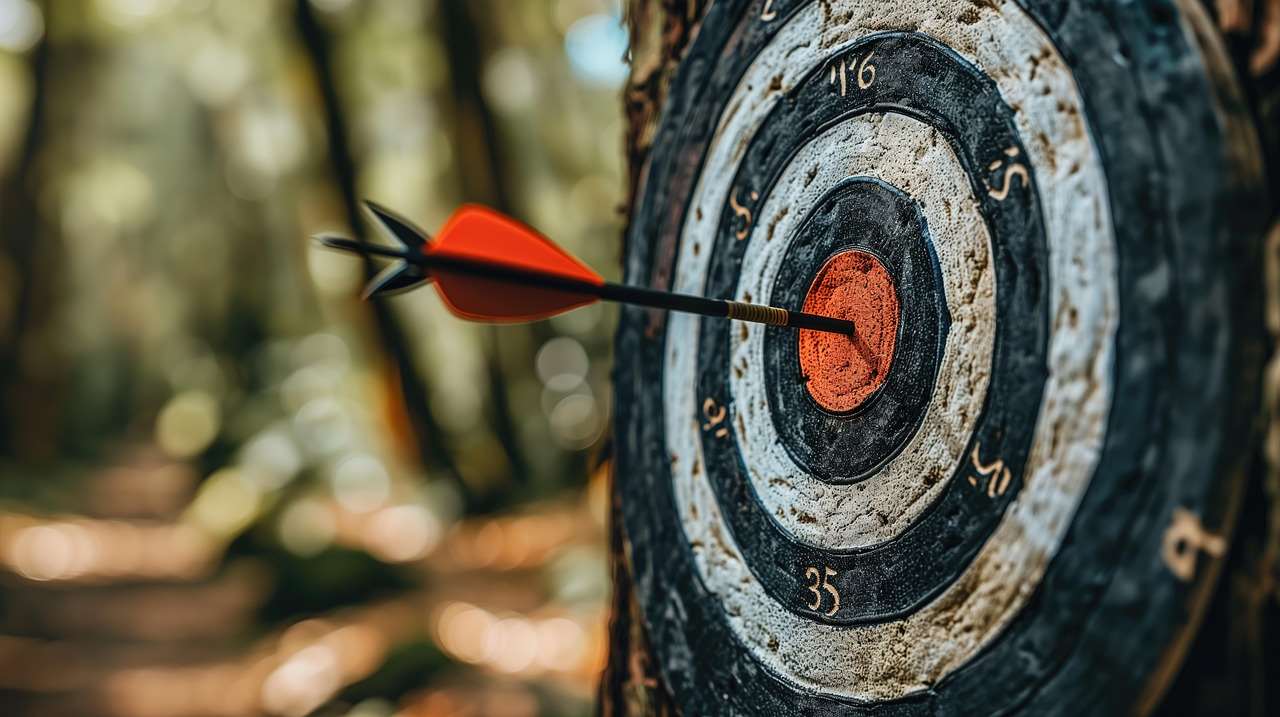
Strategies to Avoid a ‘No Score’ in 501 Darts
Avoiding a ‘no score’ requires a combination of calculation, strategie, and a cool head. Here are several tips to help you minimize the risk of a ‘no score’:
- Plan Your Outshots: Always think ahead and plan your throws to leave yourself on a manageable double.
- Practice Your Doubles: Consistent double hitting is key to finishing legs quickly and efficiently. Focus on mastering common doubles like double 20, double 16, and double 8.
- Know Your Outs: Learn common outshots from various scores. Knowing which combinations leave you on a double is invaluable.
- Avoid Leaving 1: As much as possible, avoid leaving yourself with a score of 1, as it necessitates a complicated outshot sequence.
- Stay Calm: Nervousness can lead to miscalculations and poor throws. Take a deep breath and focus before each throw.
The Importance of Calculating Your Score
Accurate score calculation is paramount. Double-check your remaining score before each throw. Many players find it helpful to mentally rehearse the intended throw and the resulting score before releasing the dart. Utilizing a whiteboard or a darts scoring app can also aid in accurate scorekeeping, especially during intense matches.
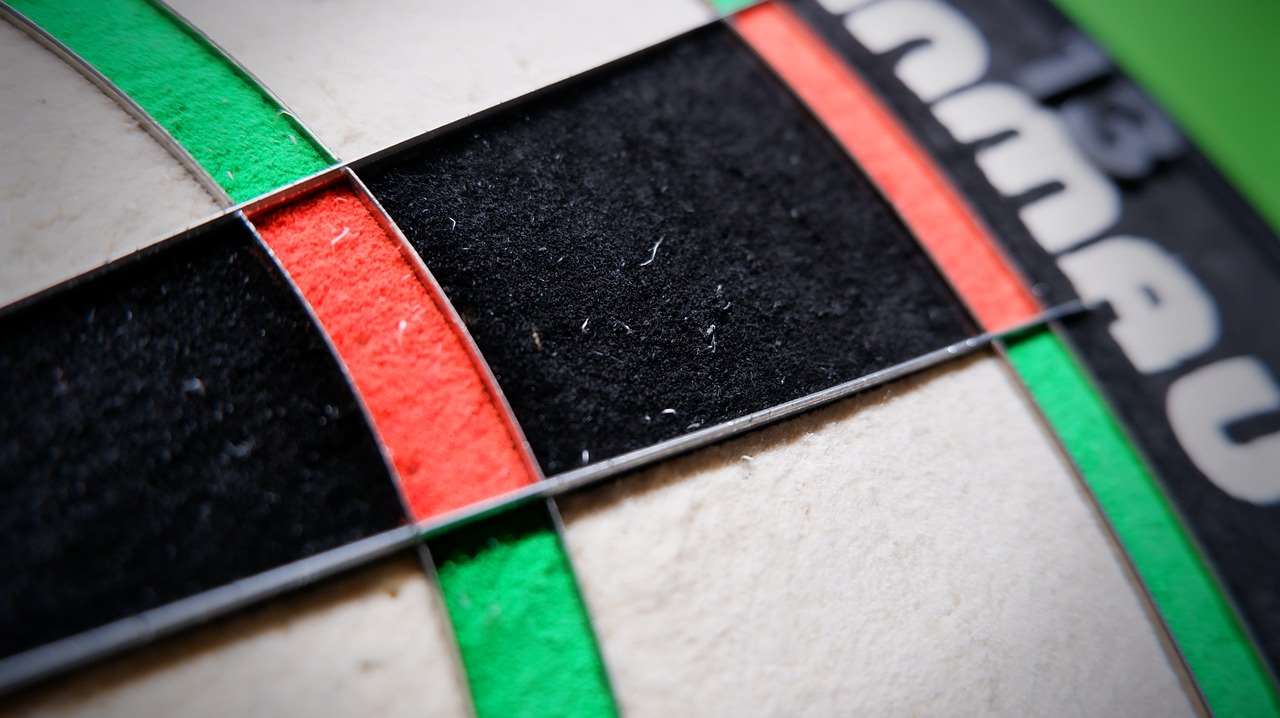
What To Do When You Get a ‘No Score’
Despite your best efforts, a ‘no score’ might still happen. Here’s the protocol:
- Acknowledge the ‘No Score’: Clearly state that you’ve busted or cannot finish.
- Revert to Previous Score: Your score returns to what it was at the start of your turn.
- End Your Turn: Your turn is over, and it’s the next player’s turn.
- Learn From It: Analyze why you got the ‘no score’ and adjust your strategy for future turns.
Mental Resilience After a ‘No Score’
Getting a ‘no score’ can be frustrating, but it’s crucial to maintain a positive attitude. Don’t let it disrupt your focus or confidence. Treat it as a learning opportunity and move on to the next turn with renewed determination. Herinneren, even the best players experience ‘no scores’ from time to time. You might consider how to make Hoe Darts eerlijker te maken met handicapregels if the skill levels between players vary significantly.
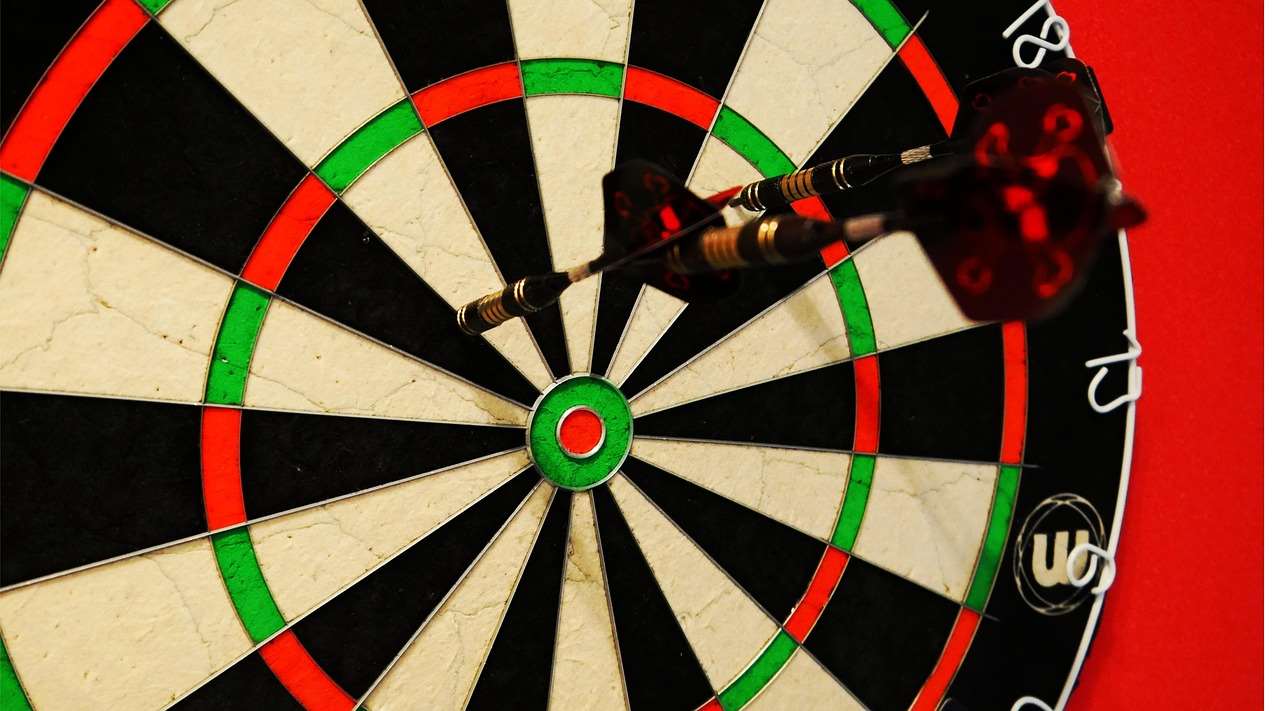
Advanced Strategies for Avoiding ‘No Score’ Scenarios
Beyond basic calculation, mastering advanced strategies can significantly improve your finishing game and reduce the likelihood of ‘no scores’:
- Using Setups: Deliberately leaving specific scores to create favorable outshot opportunities. Bijvoorbeeld, leaving 32 (double 16) of 40 (double 20) are common and effective setups.
- Prioritizing Big Numbers: When far from finishing, focus on hitting high-scoring numbers like 20 En 19 to quickly reduce your score.
- Knowing Your Opponent’s Score: Being aware of your opponent’s score helps you make strategic decisions about your own throws, forcing them to play under pressure.
Practicing Under Pressure
Simulating match conditions during practice can help you stay calm and focused under pressure, reducing the likelihood of mistakes that lead to ‘no scores’. Try practicing your outshots while distracting yourself or introducing time constraints to mimic the stress of a real game.
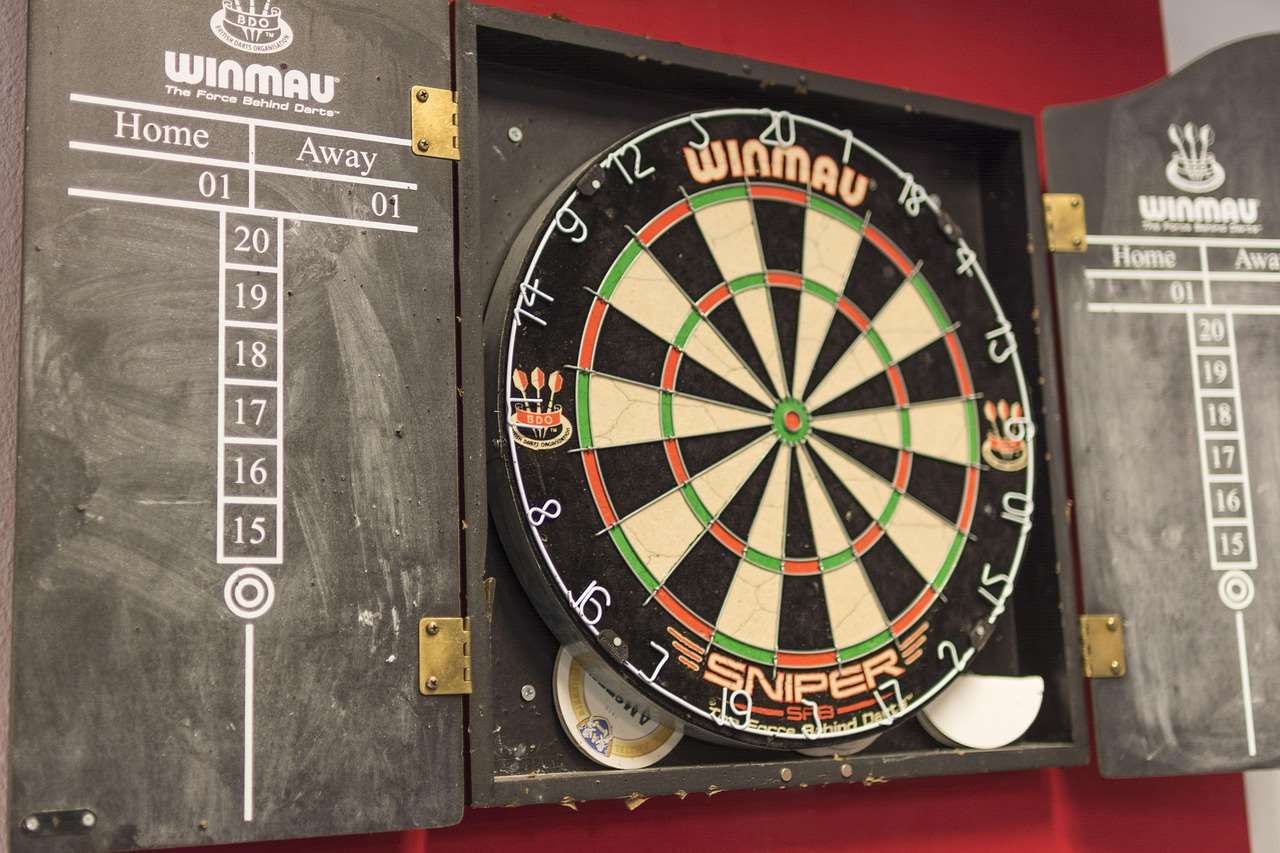
The Psychology of ‘No Score’ and Staying Focused
The mental aspect of darts is just as important as the physical. Fear of busting or missing a double can significantly impact your performance. Develop strategies to manage anxiety and maintain focus:
- Visualisatie: Mentally rehearse successful throws to build confidence.
- Positieve zelfpraat: Vervang negatieve gedachten door positieve bevestigingen.
- Breathing Techniques: Use deep breathing to calm your nerves and improve concentration.
Adapting Your Strategy
Understanding ‘no score’ in 501 darts also means recognizing when to adapt your strategy. If you consistently struggle with a particular outshot, consider practicing it more or finding alternative routes to the double. Consider how Fun dart game variations with modified rules can improve your aim.
Conclusie
Understanding ‘no score’ in 501 darts is fundamental to improving your game. By recognizing the causes, implementing preventative strategies, and developing mental resilience, you can significantly reduce the occurrence of ‘no scores’ and enhance your overall performance. Remember to practice your doubles, plan your outshots, and stay calm under pressure. Nu, grab your darts and put these tips into practice! Visit our blog for more tips on improving your dart game and becoming a more confident player.
Hoi, Ik ben Dieter, En ik heb Dartcounter gemaakt (Dartcounterapp.com). Mijn motivatie was geen darts -expert - helemaal tegenovergestelde! Toen ik voor het eerst begon te spelen, Ik hield van het spel, maar vond het moeilijk en afleidend om nauwkeurige scores te houden en statistieken te volgen.
Ik dacht dat ik niet de enige kon zijn die hiermee worstelde. Dus, Ik besloot om een oplossing te bouwen: een eenvoudig te gebruiken applicatie die iedereen, Ongeacht hun ervaringsniveau, zou kunnen gebruiken om moeiteloos te scoren.
Mijn doel voor Dartcounter was eenvoudig: Laat de app de nummers afhandelen - het scoren, de gemiddelden, de statistieken, Zelfs checkout suggesties - zodat spelers puur kunnen richten op hun worp en genieten van het spel. Het begon als een manier om het probleem van mijn eigen beginners op te lossen, En ik ben heel blij dat het is uitgegroeid tot een nuttig hulpmiddel voor de bredere darts -community.